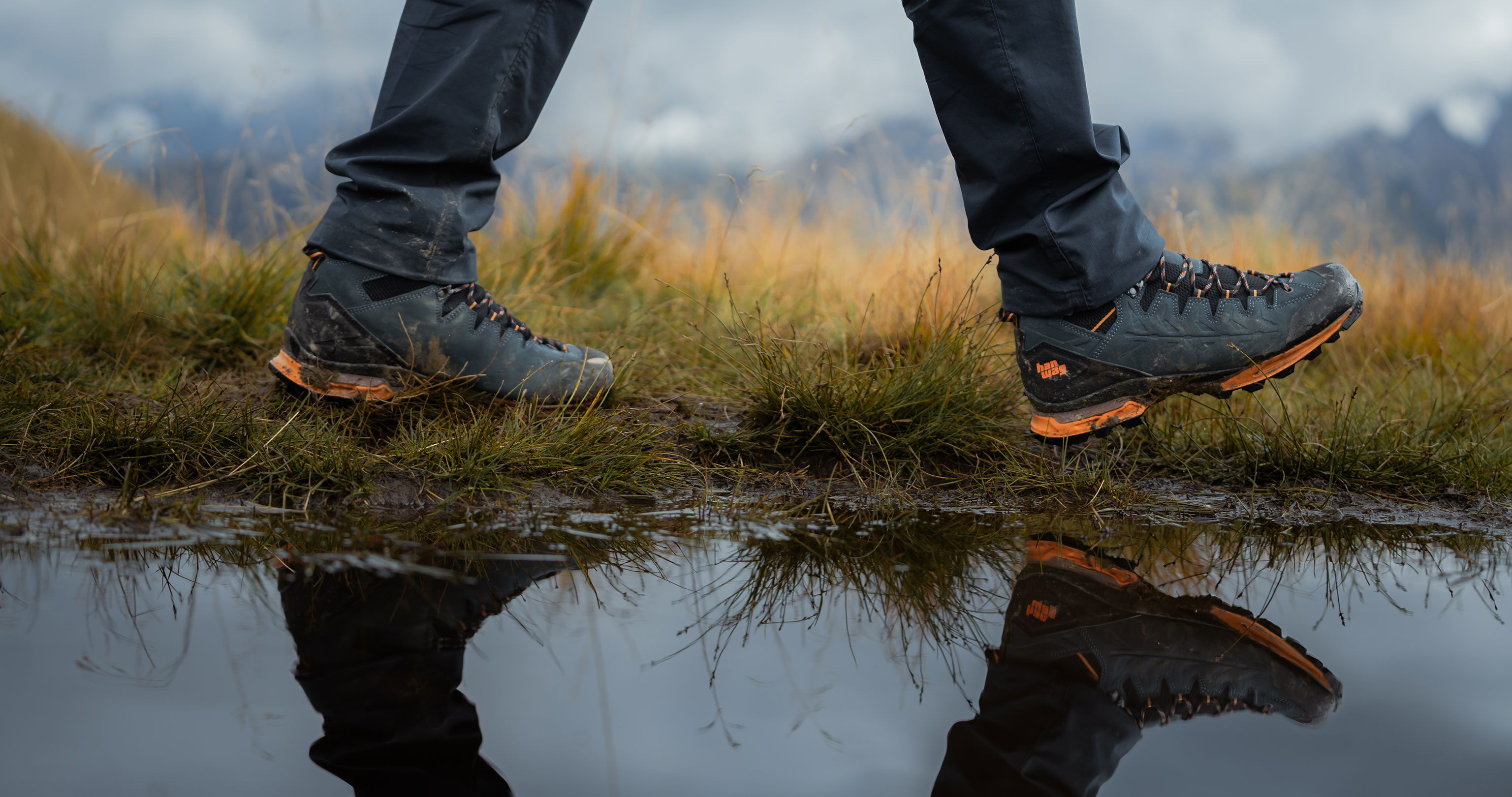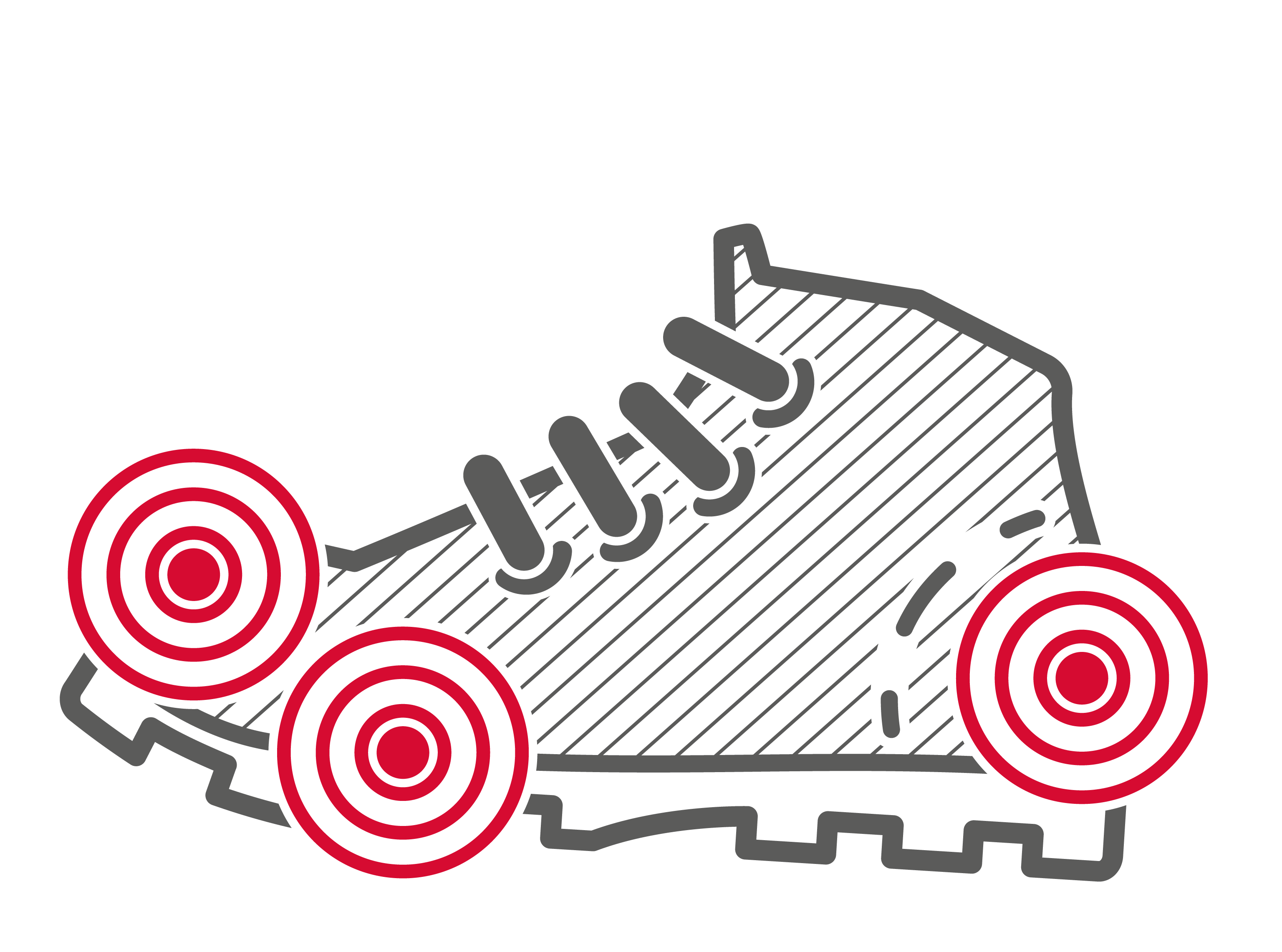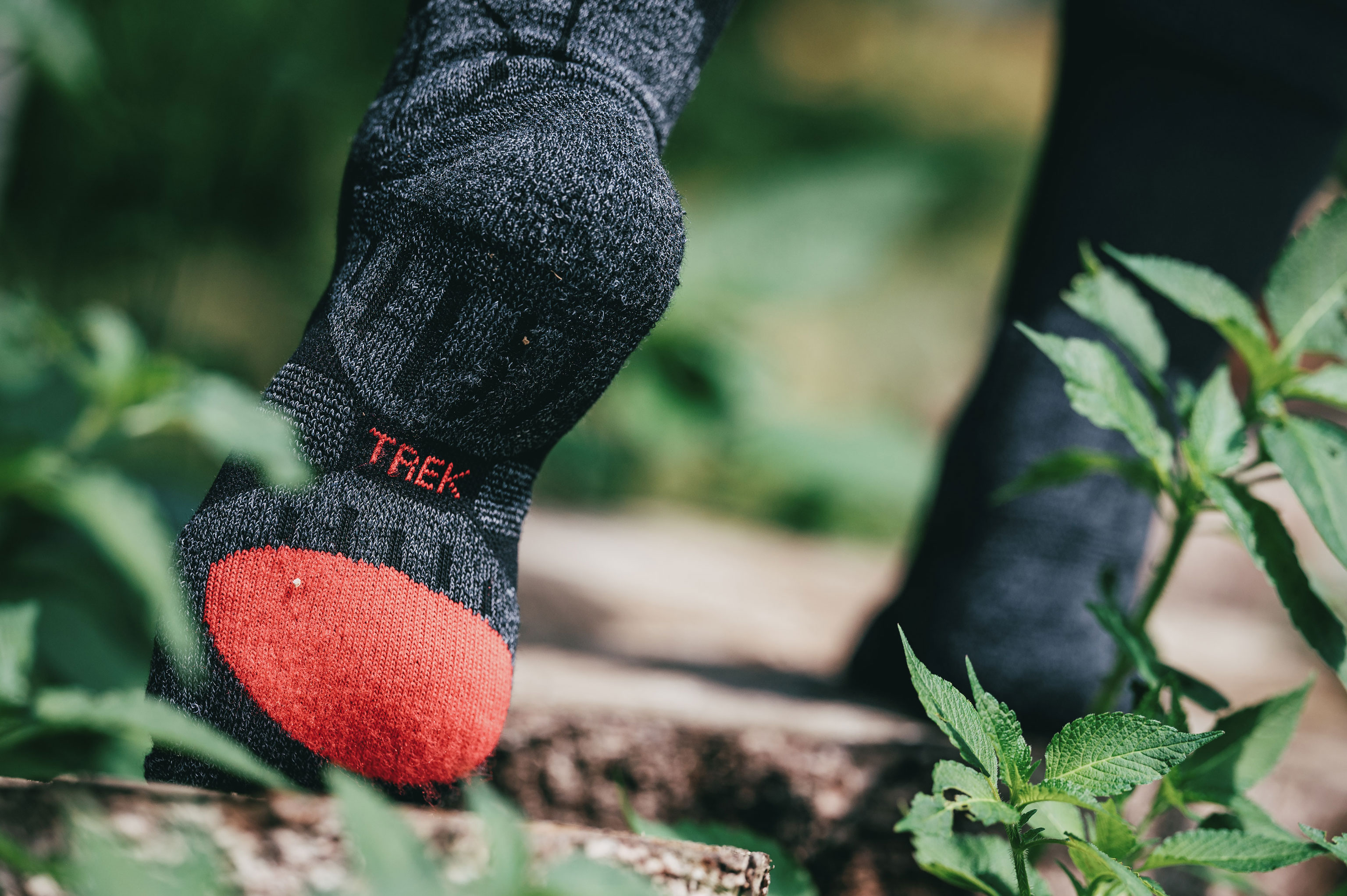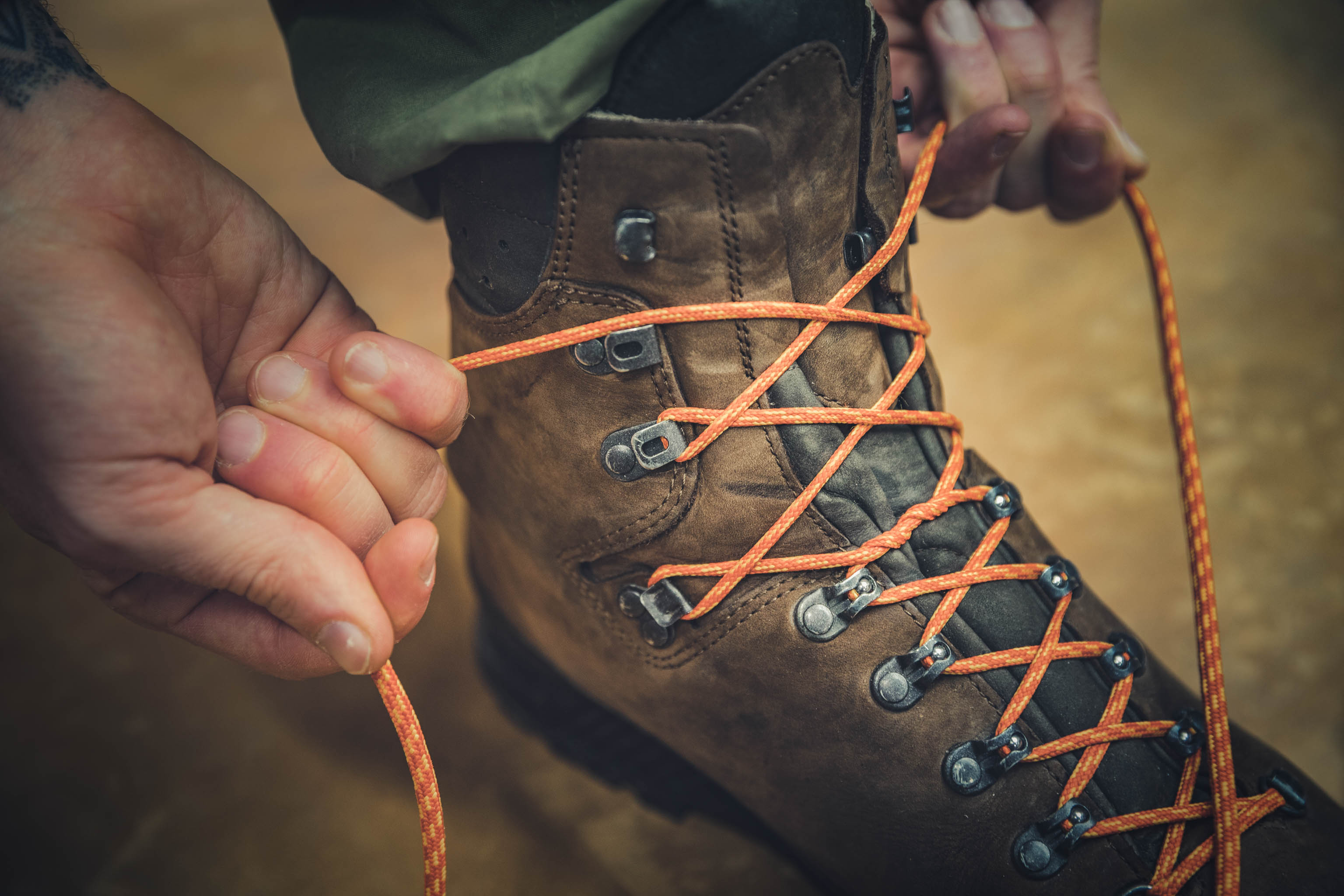Updated on
-
Sneak Peak – The 5 Key Tips
- Make sure your footwear fits properly in the first place. Breaking your boots helps customise the fit.
- Stiff, sturdy mountaineering boots need more time to break in.
- Break your boots in step-by-step – build up gradually from short walks to your first hike.
- Wet leather is softer – and moulds better to the shape of your feet.
- Don’t listen to anyone who says you should pee in your boots. It does more harm than good – and can damage the leather.
For more in-depth information, read the whole article.
- Why is it important to break in hiking boots?
- A matter of the shoe type
- How long to break in hiking boots?
- How do socks help?
- What to avoid when breaking in walking boots
- If breaking in your boots doesn't help
The sun is shining, the forecast is fine, you’ve got your brand-new hiking boots on, and are trying them out on your first big hiking trip. Hang on though, haven’t you forgotten something?
Correct: Hiking boots need breaking in. In years gone by, it was absolutely essential to soften stiff leather hiking boots before you could use them. The traditional method was to pee in them – honest, ask your grandparents. Thankfully times have changed. But what about modern hiking boots, do they even need to be broken in? We answer this and more besides.
Spoiler alert: These days, the whole issue of how to break in hiking boots is much easier than it used to be.
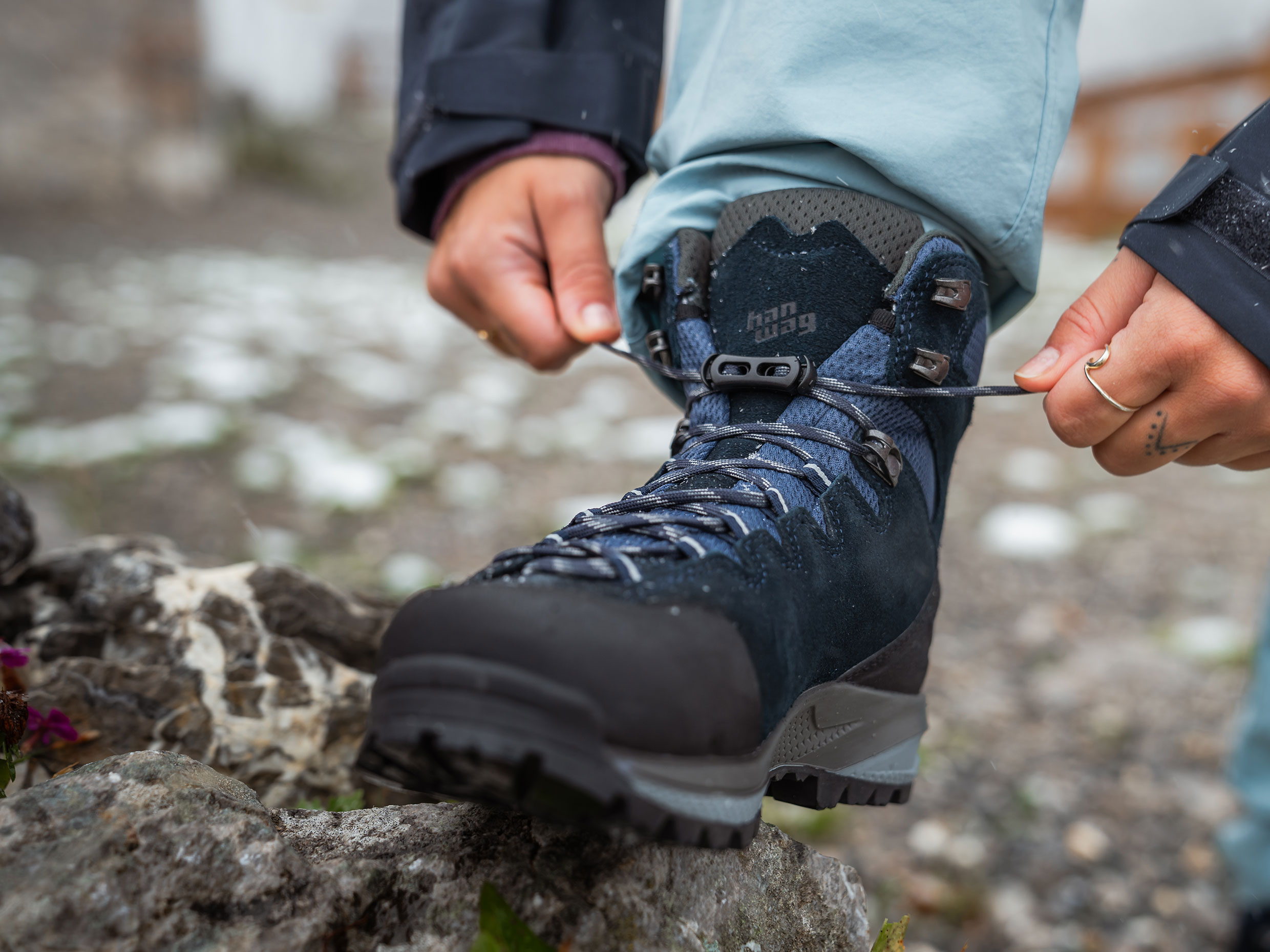
1 Why is it important to break in hiking boots?
Breaking in new boots essentially means customising the fit. When you start to wear in your new hiking shoes, the material gets softer and more supple. This is accelerated by the warmth from your feet and the moisture produced as you walk. What you want is for the material to take on the shape of your feet for good.
It makes no difference here, whether your boots have a leather or fabric lining. Leather itself is naturally supple, which means that it is quicker to adapt to the shape of your foot.
Having said that, we recommend that you view breaking in hiking boots as the final stage in the fitting process. When you buy a new pair of boots, make sure that they fit properly from the get-go. If your boots don’t fit poorly, then even breaking them in for weeks isn’t going to help. The better they fit from the start, the less time you’ll need to spend breaking them in.
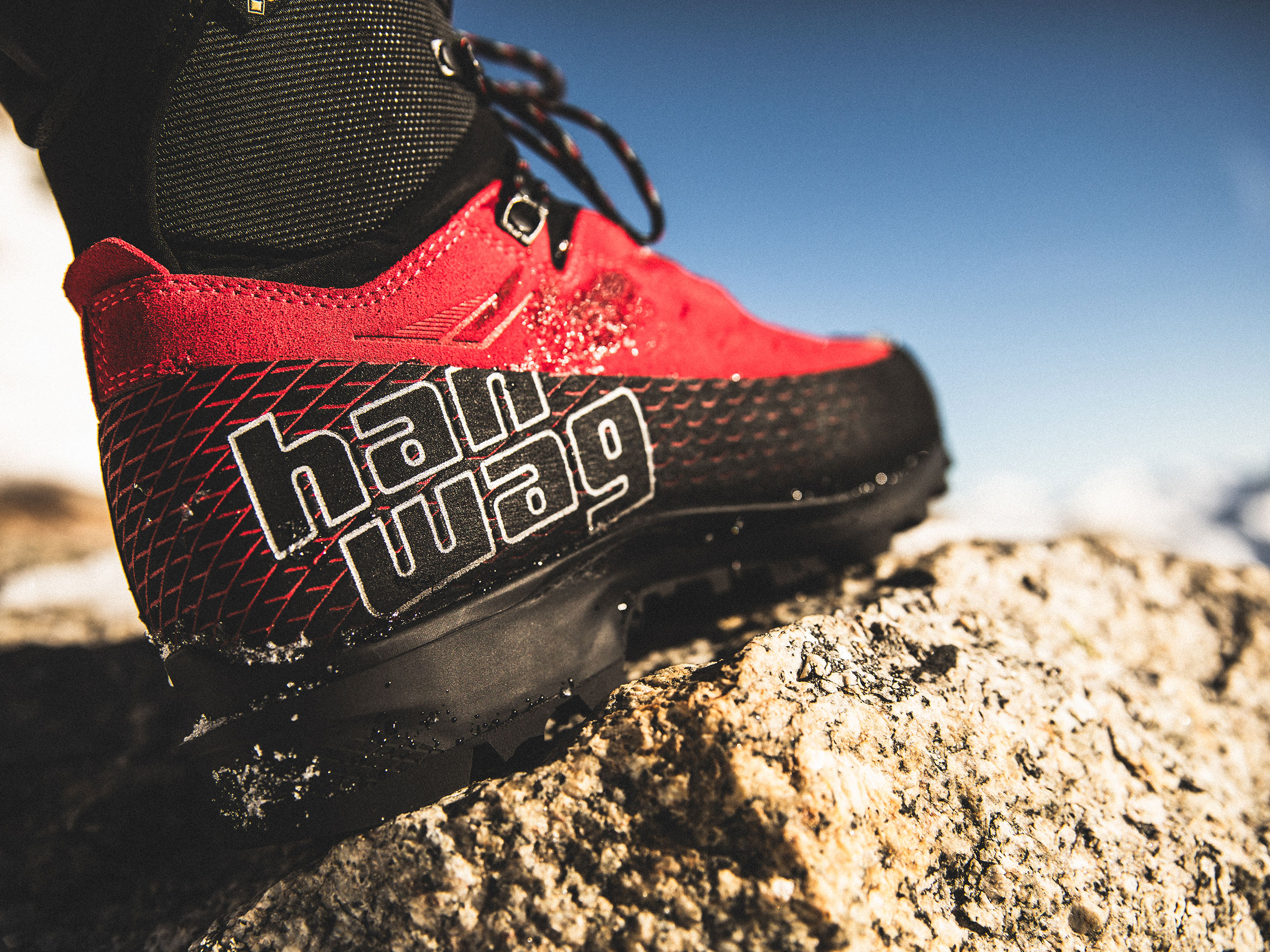
2 A matter of the shoe type
Old-school hiking boots used to be really uncomfortable at first and took a long time to break in. They used to be made of thick, stiff leather with little padding inside. Together with their very rigid construction, they were sometimes painful to wear at first. Thankfully, this has changed. “Many of our modern hiking boots are quick to break in and you can hike in some of them pretty much straight away,” explains Andreas Settele, Head of Research and Development HANWAG.
Nevertheless breaking in new hiking boots makes good sense with certain shoe types – especially mountaineering boots, designed for high-alpine tours. As a rule of thumb: the stiffer a boot, the more you’ll need to break it in.
“I wouldn’t recommend wearing a crampon-compatible or high-alpine boot right out of the box on a multi-day trip or a 4000-er,” says Andreas Settele. Heavier mountain boots definitely benefit from gradual breaking in. Their stiff, solid construction takes longer to adapt to the shape of your feet than our Trek Light boots or softer, lighter hiking shoes.
However, modern hiking and Trek Light footwear is so flexible and has such good padding that you can often wear them on longer hikes right from the start. Especially if you have standard shape feet.

"Many of our modern hiking boots are quick to break in and you can hike in some of them pretty much straight away."
Andreas Settele, Head of Research and Development HANWAG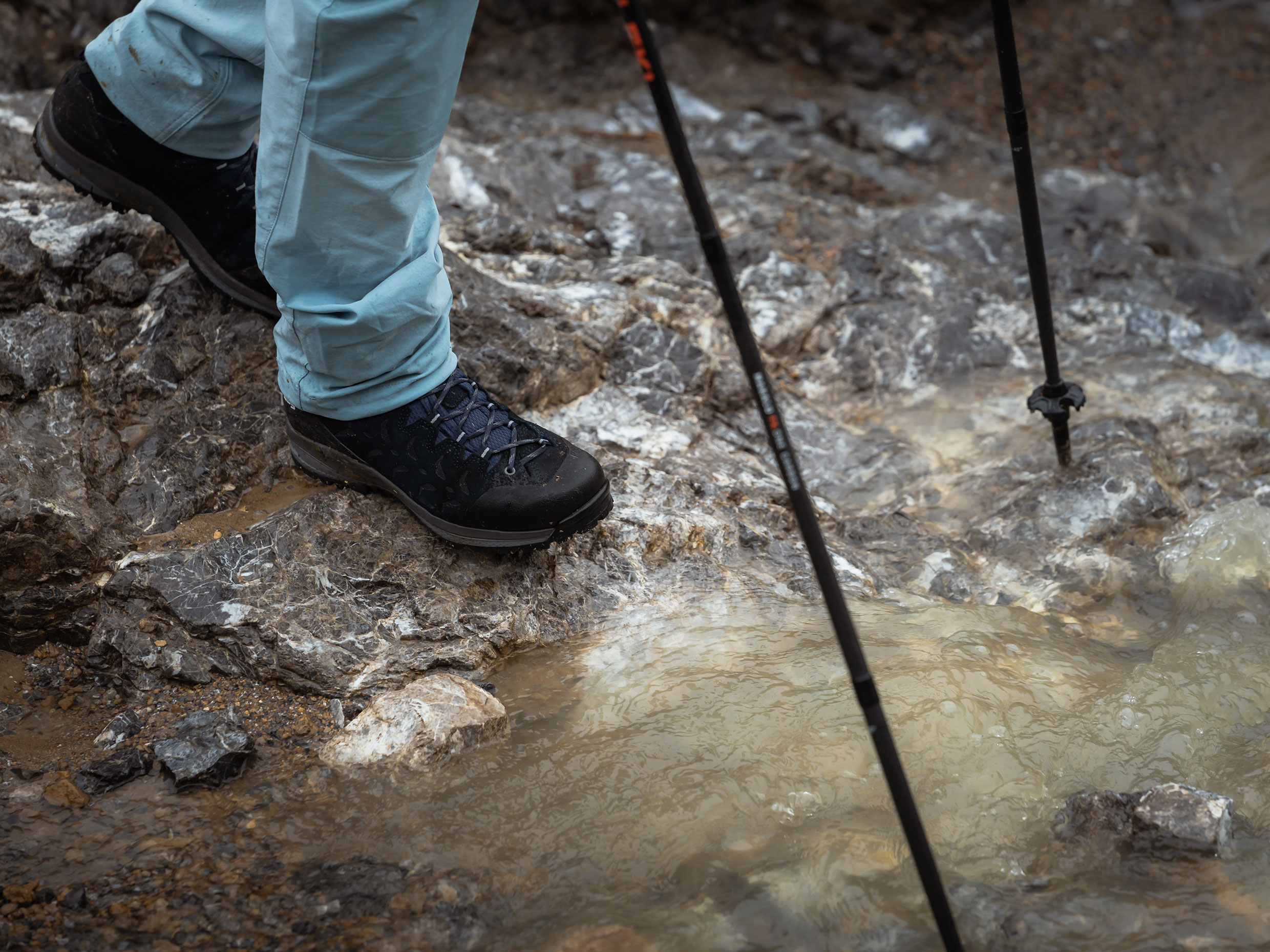
3 How long to break in hiking boots?
The important thing here is to take your time and build things up steadily. Don’t overdo it, for instance, by buying brand-new hiking boots right before a multi-day trekking trip, and then hiking straight up a mountain. You could end up with problems like blisters. Break in your boots step-by-step – and let your feet get used to them too – before you wear them hiking. Start off by using them in the garden, on short walks near to home or for walking to work. Then try short hikes, and more diverse terrain.
This also helps your feet acclimatise. Walking in different types of weather also helps. Why? Because changing from wet to dry conditions supports the breaking in of hiking boots by placing different demands on the material. Moisture helps soften leather. So, if you see puddles when you are out, jump right in. And then dry your shoes carefully.
Top tip: Before your boots have been broken in properly, play it safe and pack some blister plasters if you are planning a longer tour.
Watch the Video: How to break in hiking boots (English subtitles available)
Tipp: When breaking in hiking boots, it’s worth experimenting with different lacing techniques and different lace tensioning. This will also give you a better feel for how you can fine-tune or vary the fit on longer tours later on.
4 How do socks help?
When breaking in walking boots, it’s best to wear the same socks you would wear for hiking. This is because the thickness of the material and the type of fibre can make a big difference to the fit and wear comfort.
If you experience discomfort when breaking in your boots, try using different socks. Or take two pairs of socks with you and see which type works best. Naturally, your socks should fit properly. Before you pull on your boots, make sure that you pull the socks tight, so that they fit smoothly without folds or creases.
Don’t listen to anyone who says that you should pee in your boots. It does more harm than good!
5 What to avoid when breaking in walking boots
There are a few myths that need to be debunked up when it comes to the topic of ‘breaking in new boots’. Here are two things you should definitely avoid:
- Peeing in your boots: Yes, soldiers might have done this to break in their army-issue boots, yes, earlier generations of hikers might have done it, but please don’t be tempted to pee in your boots in an attempt to soften them up. Not only will they smell bad – and hiking can be a very sociable activity – but urine also contains minerals that are harmful to leather. It could render it dry and brittle.
- Lend out your boots: If you lend your boots to a friend, then they will start to adapt to the shape of the other person’s feet. Your boots will not be the same afterwards. This is also why borrowed footwear never feels as good as your own boots.
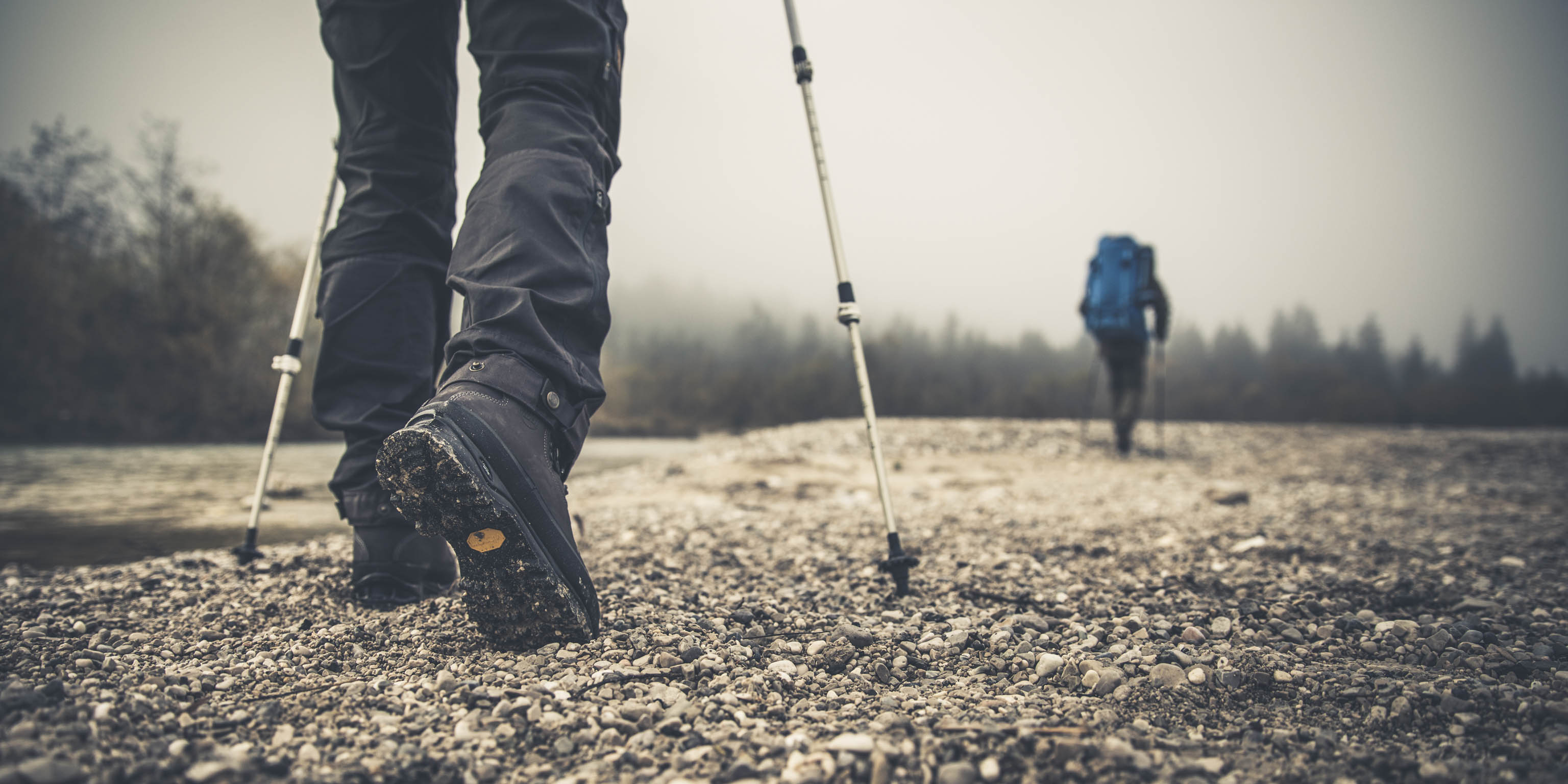

Lots of know-how for your outdoor adventures – that’s what the HANWAG BOOTCAMP stands for. Watch the how-to videos on our YouTube channel.
6 If breaking in your boots doesn't help
If you follow the advice and tips above, then you should find it straightforward to break in your hiking boots. However, what if you put in the time to break in your boots gently, but they still feel uncomfortable, or pinch and rub after numerous try-outs. If this is the case, then you should get your boot fit checked again and, if required, get them adjusted.
If your boots are too narrow, they can be made slightly wider over a larger last. However, this can have an impact on the material and, as a result, the boot might wear down more quickly. If your boots are too big, then adding a thin spacer under the footbed or a heel wedge can reduce the volume.
Contact your local expert retailer for more information. Or contact HANWAG Customer Service.
So, now you are well prepared for the first steps in your new boots. We hope that you enjoy many miles of hiking and mountain adventures together with them.

